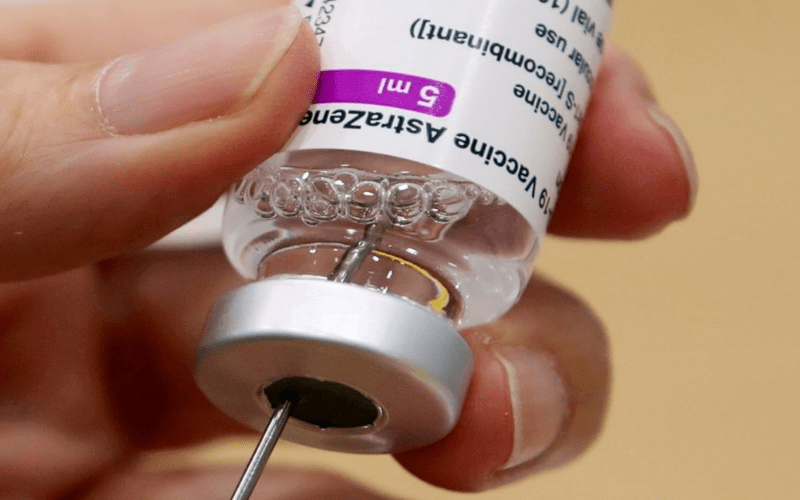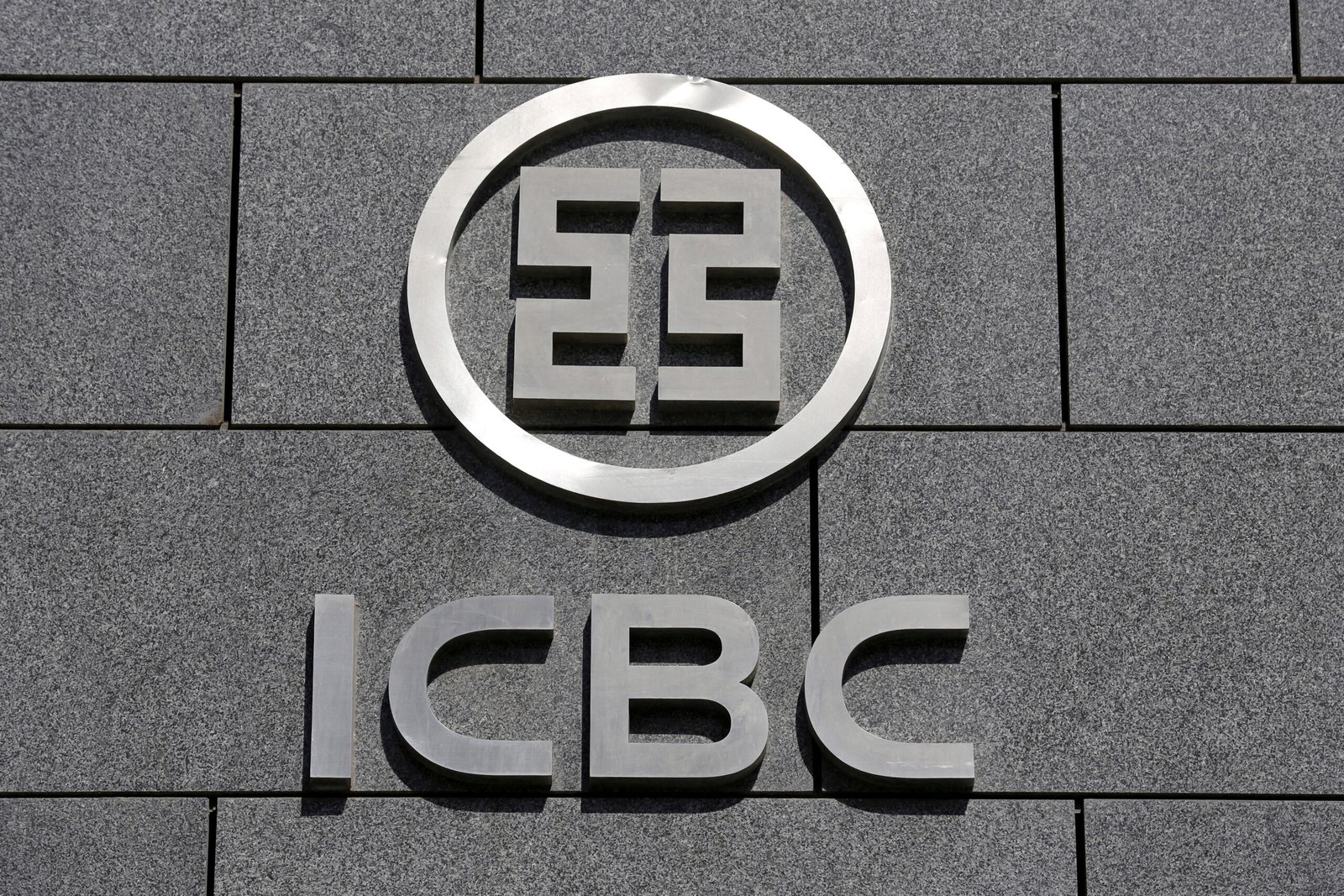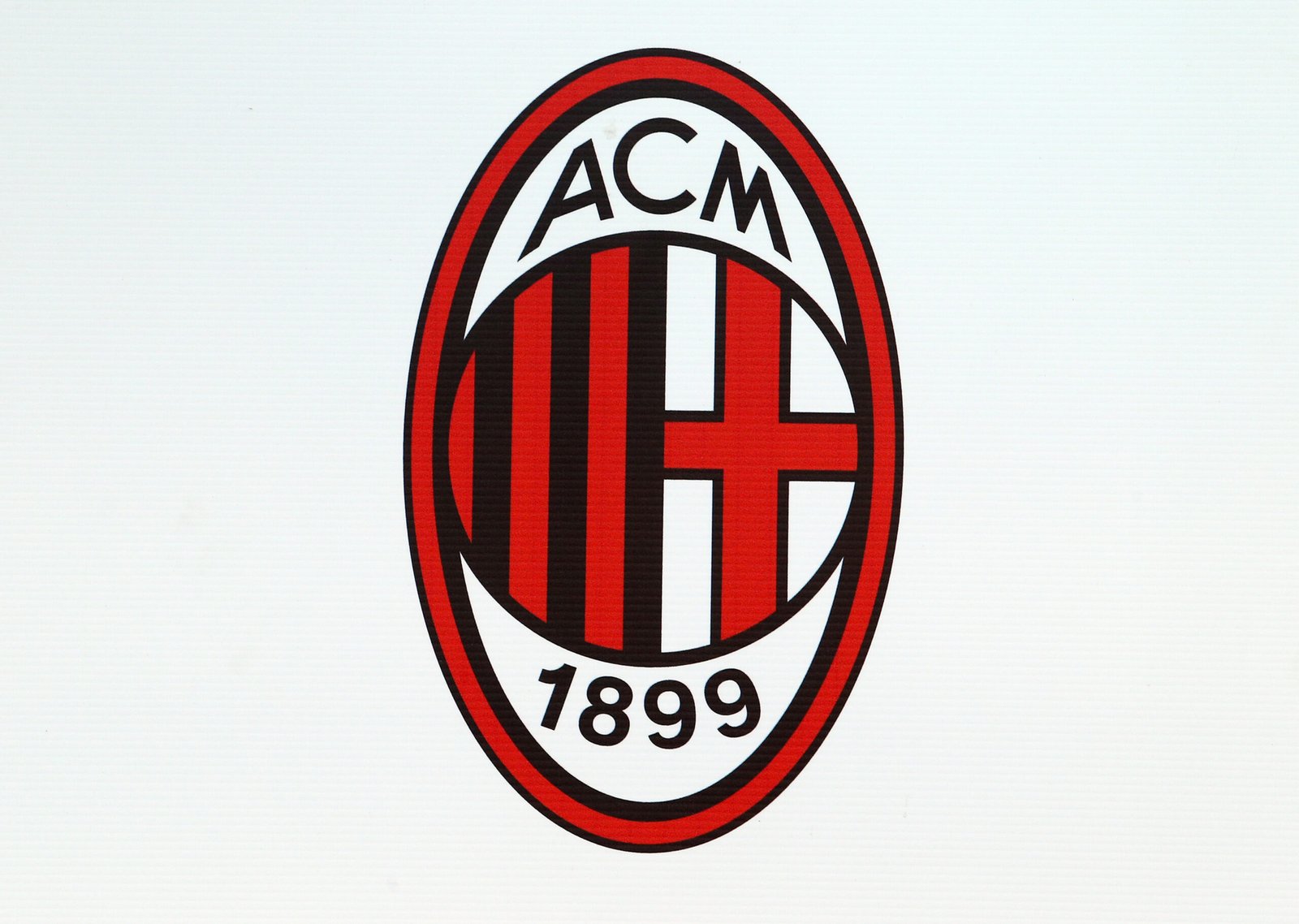The cost of college has gone up exponentially in the last few years. The only way some can afford to get the education they want is to take out student loans. However, it can be quite difficult to take care of a home, children, and other expenses as well as pay back your loans. So, if you stopped paying them, you might be in for quite a shock when you do your taxes. Not paying your federal student loans could prevent you from getting a tax refund.
Due to what is known as a tax refund “offset,” the government is given the ability to withhold any refunds from student borrowers who have fallen behind on their payments. The question is, what happens to the money that you don’t get back in your taxes? Simple, the government applies the refund to your loan balance. 
This isn’t something that the government will suddenly spring on borrowers. Borrowers will be notified beforehand that they won’t be receiving their refunds or other government payments. But in some cases, like for instance if a borrower has moved, then they won’t be notified right away that their refunds will be withheld. There’s always the chance that someone might be so in over their head in finances that they just toss their mail aside.
While the government will send a letter in the mail, most of the time letters that come from the Treasury Offset Program are riddled with bureaucratic language that can make it a bit difficult for people to understand. Plain and simple, even if you are notified you still might have no clue what’s going on.
The Internal Revenue Service says that the average federal tax refund can get up to $2,800 for most. That’s quite a chunk of money to be missing and can have a big impact on a borrower’s financial situation.
One thing that people can do is to decrease the number of withholdings from their paychecks. This will cut down on the size of possible refunds. Yet Persis Yu, who is the director of the Student Loan Borrower Assistance Project, says that this might not help some people since they’ll be receiving refunds from income tax credit.
At the end of last near there were over 8 million federal student loan borrowers who were in default, according to Department of Education’s statistics. Loans enter the default stage after there has been a lack of payment for over 270 days which is roughly nine months.
Are people able to prevent the offset of their tax refund? After receiving the letter of notification, borrowers are usually given at least 65 days to appeal a referral to the offset program. There is the option of requesting a file on your loan which, if done quick enough, can buy borrowers some time. After that, borrowers can still appeal but refunds will still be withheld while a decision is made.
If the borrower happens to be married and filing jointly, the spouse of the borrower has the option to file a claim with the I.R.S. and get the portion of the refund that belongs to them.
But how do borrowers stop continued withholding of their tax refunds? If the federal student loans of the borrower are in default, the government can withhold any refunds ad apply them to the loans. Repaying the loan in full is an option that majority of borrowers don’t have. To get out of the default status and bring a loan into good standing, a borrower should go for loan rehabilitation or loan consolidation.
Loan rehabilitation gives the borrower a chance to make an agreement with their lender. This agreement will give the borrower nine affordable payments to make. The payments must be on time to return the loan to good standing. After that, the borrower might be eligible for flexible programs that provide lower monthly income-based payments.
The other option is loan consolidation allows the borrower to refinance the defaulted loans into a new loan. Both options have their ups and downs. Consolidation is by far the fastest way to get loans out of default. Rehabilitation, however, provides a better outcome from the borrower’s credit report.
There are many borrowers who might be under the misconception that tax refunds withheld while their loans are in default may count toward the nine payments during loan rehabilitation. But that’s not the case at all. When in loan rehabilitation, borrowers must make all their payments voluntarily for them to count toward the agreement.
























